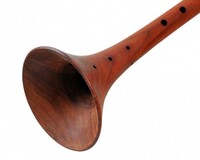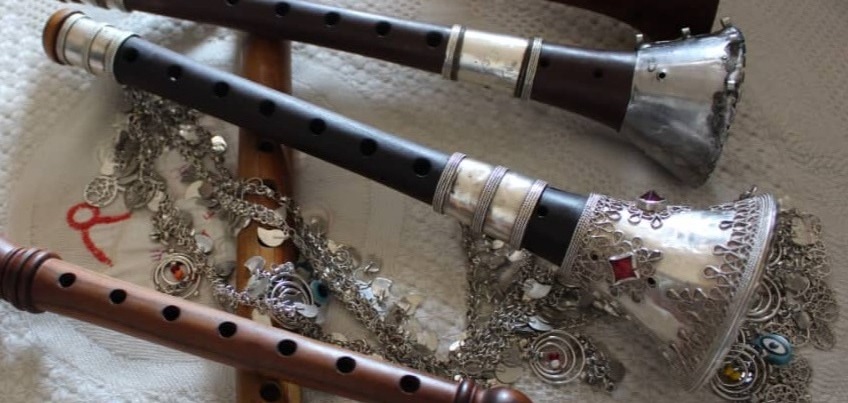Sorna Music Instrument
This instrument is known as Sorna, Zorna, and Zrna in the Kurdish regions and areas.
It belongs to the wooden wind instruments with Pik. It is made in three different ways in Kurdistan.
First
Sorna instrument in Ardalan, Kermashan, Lorestan, Ilam, Hamadan, Baban, and a part of Garmyan regions (Kalhor and Lak parts) and generally in the central part of southern Zagros.
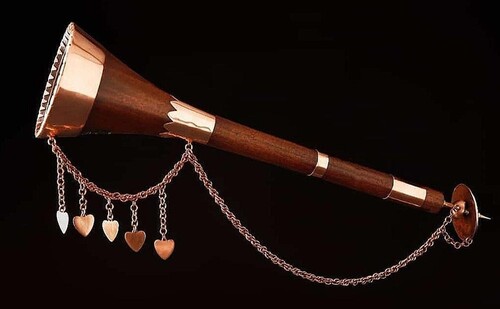
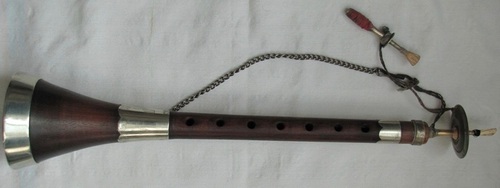
Second
All the parts of the North and West parts of Kurdistan, Mukeryan, Targawar, Margawar, Soma, Bradost, and Sarhad on the East part of Kurdistan, Badinan, Soran, Hawler, and Kirkuk.

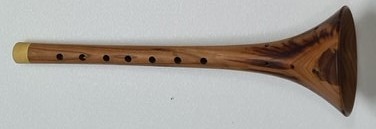

Third
The areas where the Yazidi and Armenian Kurds live and the Kurds in the northern Khorasan.
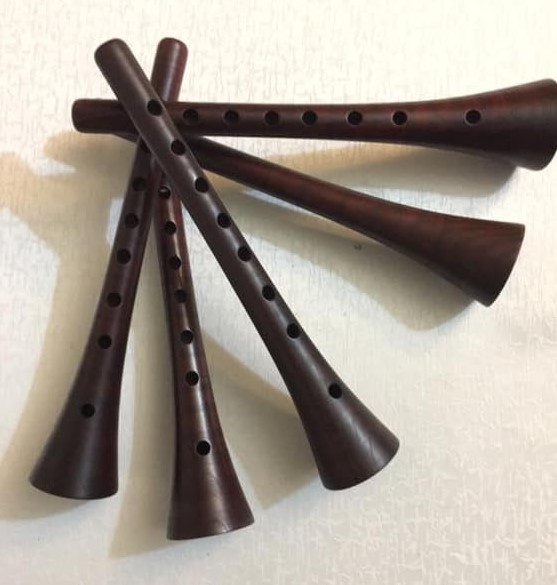
The length of the instrument is different in each part of Kurdistan.
In the northern parts of Kurdistan (the regions belonging to the Yazidis and Armenian Kurds) Sorna is made smaller and shorter compared to other areas and it creates a more trebling sound. As we go towards the southern areas the instrument gets longer with a bass voice and finally in Lorestan among the Bakhtyari Lors, this instrument is made longer and bigger and it is known as Karna, Karana, or Karanaya.
Sorna is made of these parts:
Pik, Mil, Dambast, Barbast, Niramew
Pik
It is made of reed.
The reed used to make Pik of Sorna is soft and hollow on the inside.
When one blows into Pik, the sound is created.
Figure of Sorna Pik
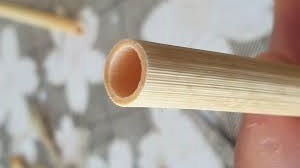
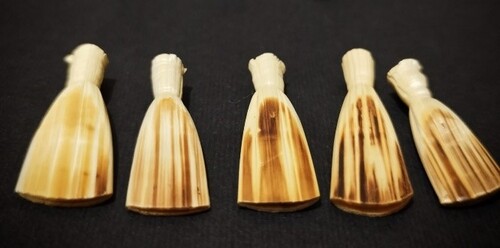
Mil
It is made of brass, Warsaw, or steel.
The Mil is as long as 4 to 8 cm depending on the area it is made in.
Pik is attached to Mil and the sound made in Pik is passing through Mil into the bell and spigot.
The bottom part of Mil is wrapped with thread and it is stuffed into the bell and spigot.
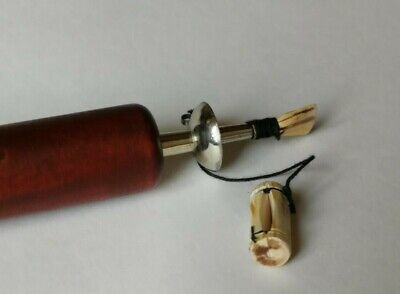
Figure of brass and Warsaw Mils
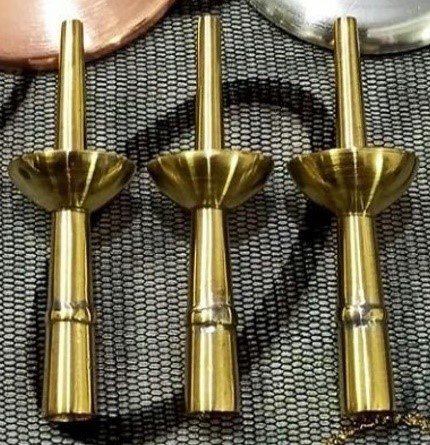
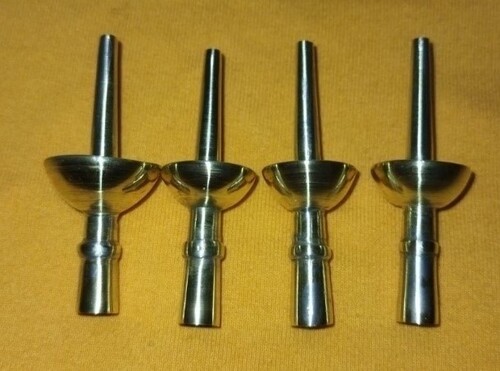
Figure of Mil and Pik
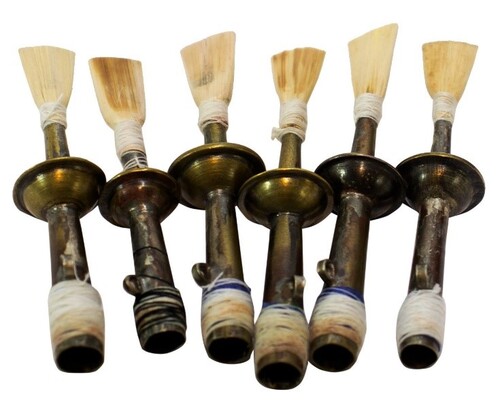
Dambast
It is made of two little pieces of wood attached together.
Dambast is used to tune Sorna and Naya instruments.
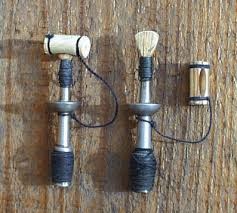
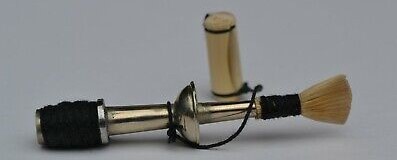

Barbast
It also has other names such as Bardami, Sadaf, Dam Sadaf, Damamk, and Mask.
When the cheeks are filled with air and the player begins to blow out the air, they need to tighten their lips and push the instrument.
In areas with hot temperatures, Barbast will be made of coconut skin so that the music player's lips will not sweat. In the other areas, it is made of wood.
Nowadays, Barbast is made with plastic and minerals.
Half of Barbast is pierced in the shape of a circle or star so that Pik and Mil could be joined to it and it is fixed in the middle of Mil.
Figure of coconut, wood, and plastic Barbast
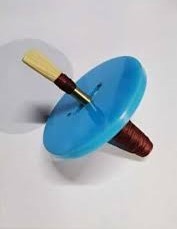
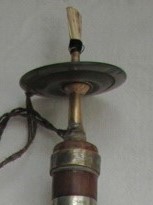
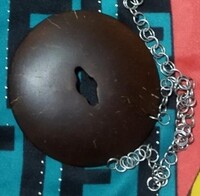
Bell and Spigot
It is made of wood that is different from the wood that Sorna is made of. However, apricot wood can be used for both Sorna and the bell and spigot part.

In various dialects of Kurdish bell and spigot are also known as Hapaloul, Dou Shakh, Bach, and Gar.

Bell and spigot cover the instrument to the third pierced spot of it and it helps the sound go through Sorna.
The sound begins from Pik, goes to Mil, and then is transferred to the bell and spigot part and finally into the instrument.
The difference of Sorna Instrument
There are two forms of manufacturing Sorna.
